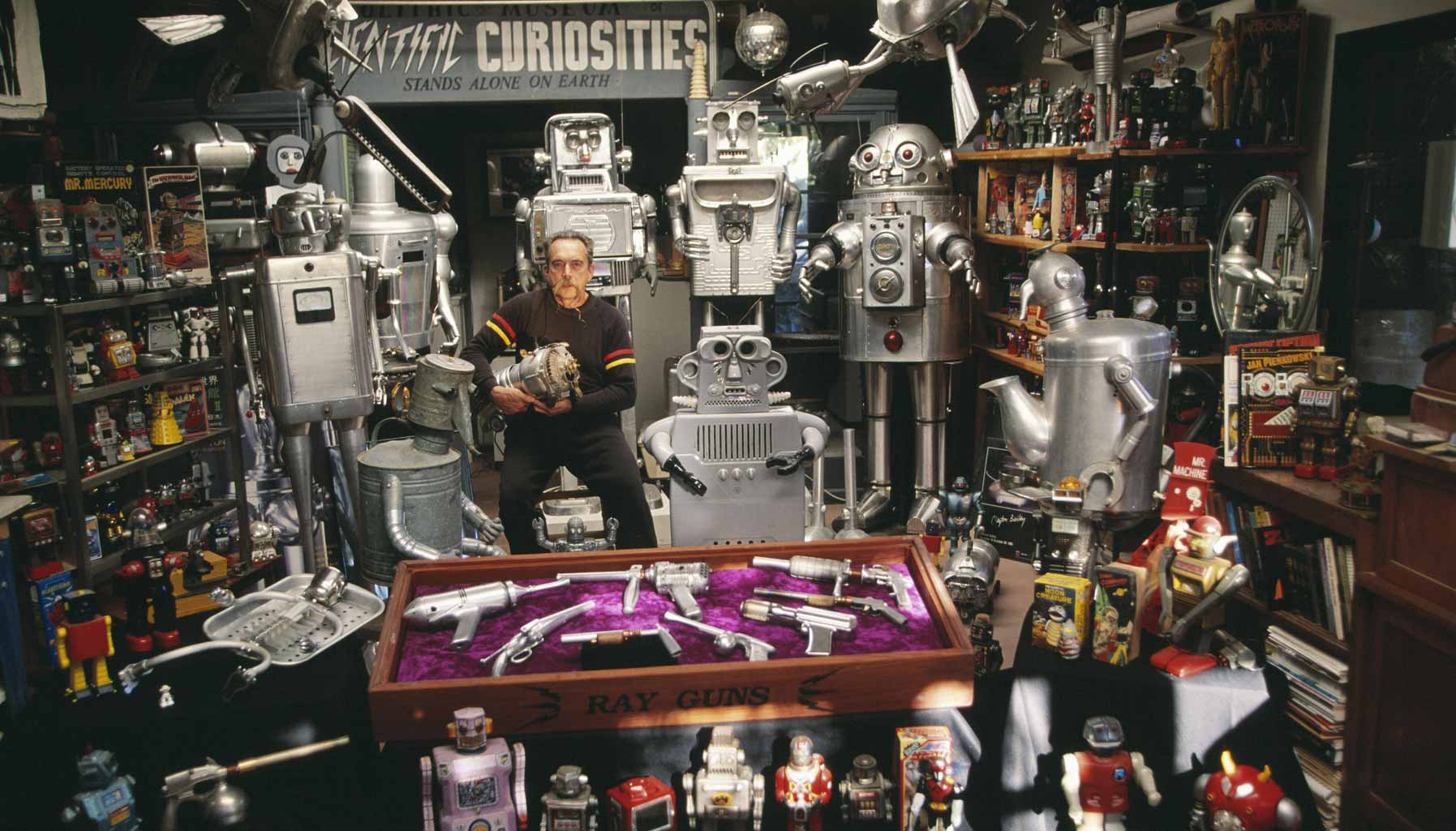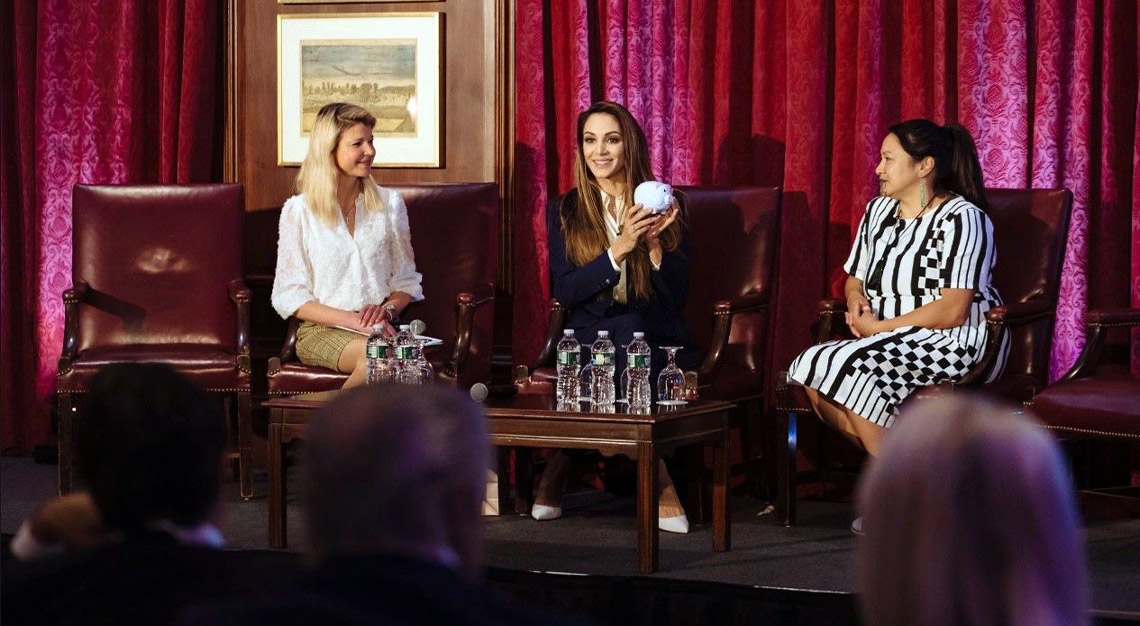Toy Story
Gift giving (and may we add, Christmas in particular) can be a dispiriting time for parents: isn’t it a truism that within minutes of opening presents, children find the toys less interesting than the boxes they came in? The money-wise parent might be quick to gather up the discarded gifts because while they may not provide a life-changing windfall, toys are proving to be smart investments.
Antique toys have potential for the amateur collector
Serious collectors have typically focused on pre-1970s ‘antique’ toys – typically those of European manufacture, when the UK and Germany in particular were recognised for their quality, and before licensing deals came to dominate the market. But even these have potential: if you had all 20 original Star Wars figures, launched in 1977/78, on their backing cards and in their bubble wrap, they could now comfortably top £20,000 (S$36,000) at auction. If, in the early 1970s, you had spent £1,000 (S$1,740) on Matchbox toys and also kept them in mint condition, they would net you closer to £100,000 (S$174,000).
“People have seen that some vintage toys have increased significantly in value over the years and are therefore hoping to capitalise on the trend for pop culture items,” says John Baulch, publisher of leading industry journal Toy World. “But the vast majority of toys bought by consumers are destined to be played with – rather than sitting in an attic for the next 20 years.”
When in doubt, go for the classics
Yet some are prepared to, arguably, take the magic out of toys. Certainly original examples from any of the household-name toy manufacturers, especially those who created just such a classic, might prove a safe bet. Yet luck to some extent will play a part. Movie franchise toys would normally provide the first time around are of an age where they’re not buying them again now. In fact, they’ve become sellers rather than collectors, encouraging prices to tail off.”
Learn about the market you’re investing in
Successful toy investment, says Chris Aston of Aston’s Auctioneers, a leading specialist in toys, “is all about thinking out of the box and reading the market. Hornby, a big model train maker, has recently suffered a sizeable loss, which perhaps indicates that its market is in decline”. Similarly, investors need to be conscious of the 30 or so year cycle that brings a toy into peak collectibility: those toys that appeal to the men – and it is usually men – who, now in their 40s, financially secure and perhaps with children of their own, are looking to find prime examples of the toys they once loved as kids. Indeed, the faster any new toy loses its popularity, the more easily it is forgotten.
“Dinky toys from the 1950s, for example, were once a great investment but have probably passed their peak,” suggests Aston. “The people who appreciated them crucial thing to the future value of most toys. But since it will go straight into storage, rarity is never likely to be an issue.
Avoid toys marked as ‘collectible’ or ‘limited edition’
Aston also advises avoiding any toys marketed as ‘collectible’ or ‘limited edition’ from the outset, as Steiff teddy bears now tend to be. For one, the editions still tend to be considerable and secondly, because they’re ‘collectible’ they tend to be kept in pristine condition. This would be a good thing – indeed, a bigger return, but are also a bigger risk. Franchises that become long-running, cultish brands in their own right are few and so established as to prove a sound if unadventurous investment; in contrast, many collectors bought heavily into Dick Tracy, only for their investment to bomb when the film did.
It’s all about the condition
“Condition is what it is all about, such that it is better for an investor to buy one item in mint condition than several in less-than-mint condition,” Aston advises. He cites the solitary Star Wars Boba Fett figure on a French backing card that broke records in 2016 by selling for £21,000 (S$36,610). “Of course, if you’re starting to collect, you should really just enjoy the pleasure of collecting first, because returns like that are far from being guaranteed. But they do happen. Toys, like comics, do now offer serious investment opportunities.”









